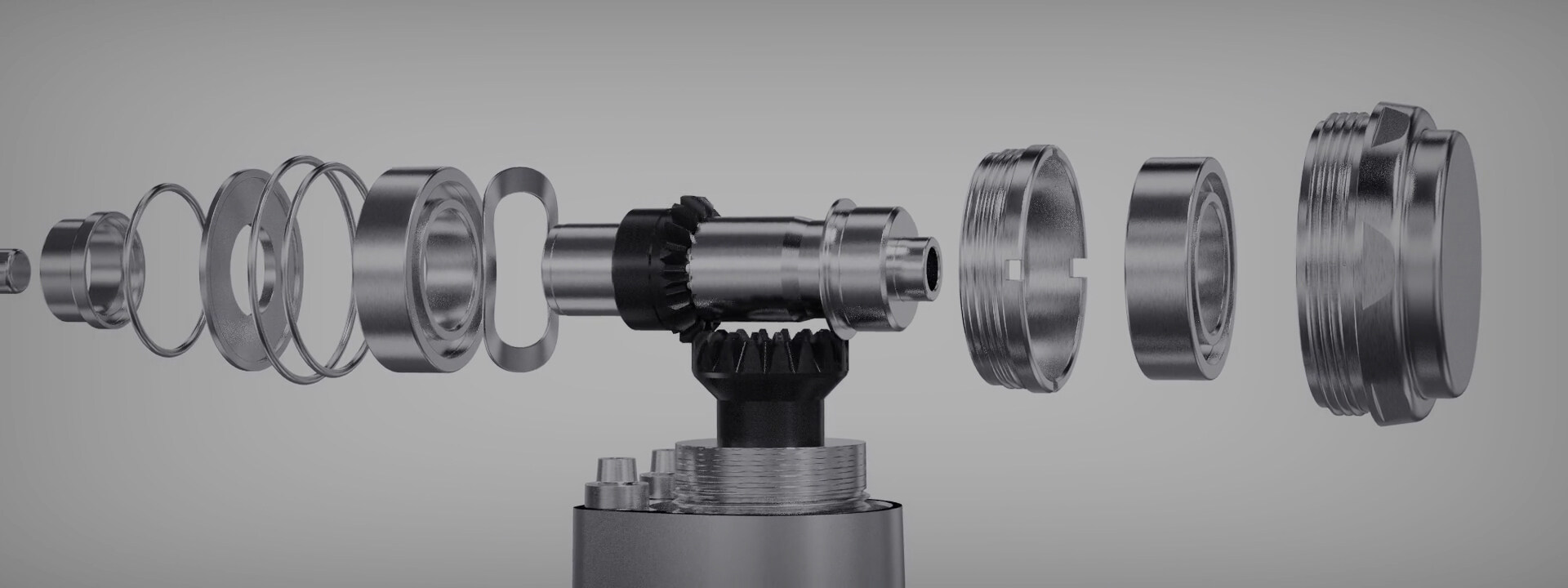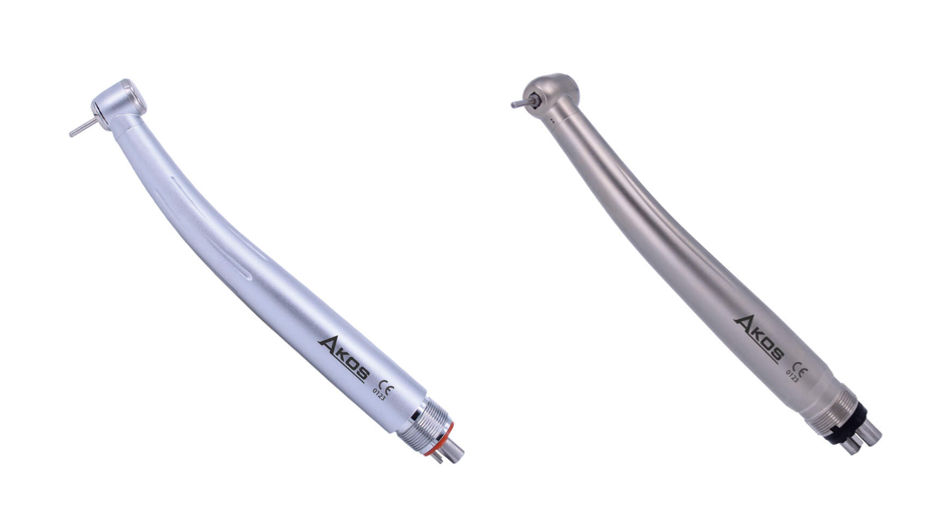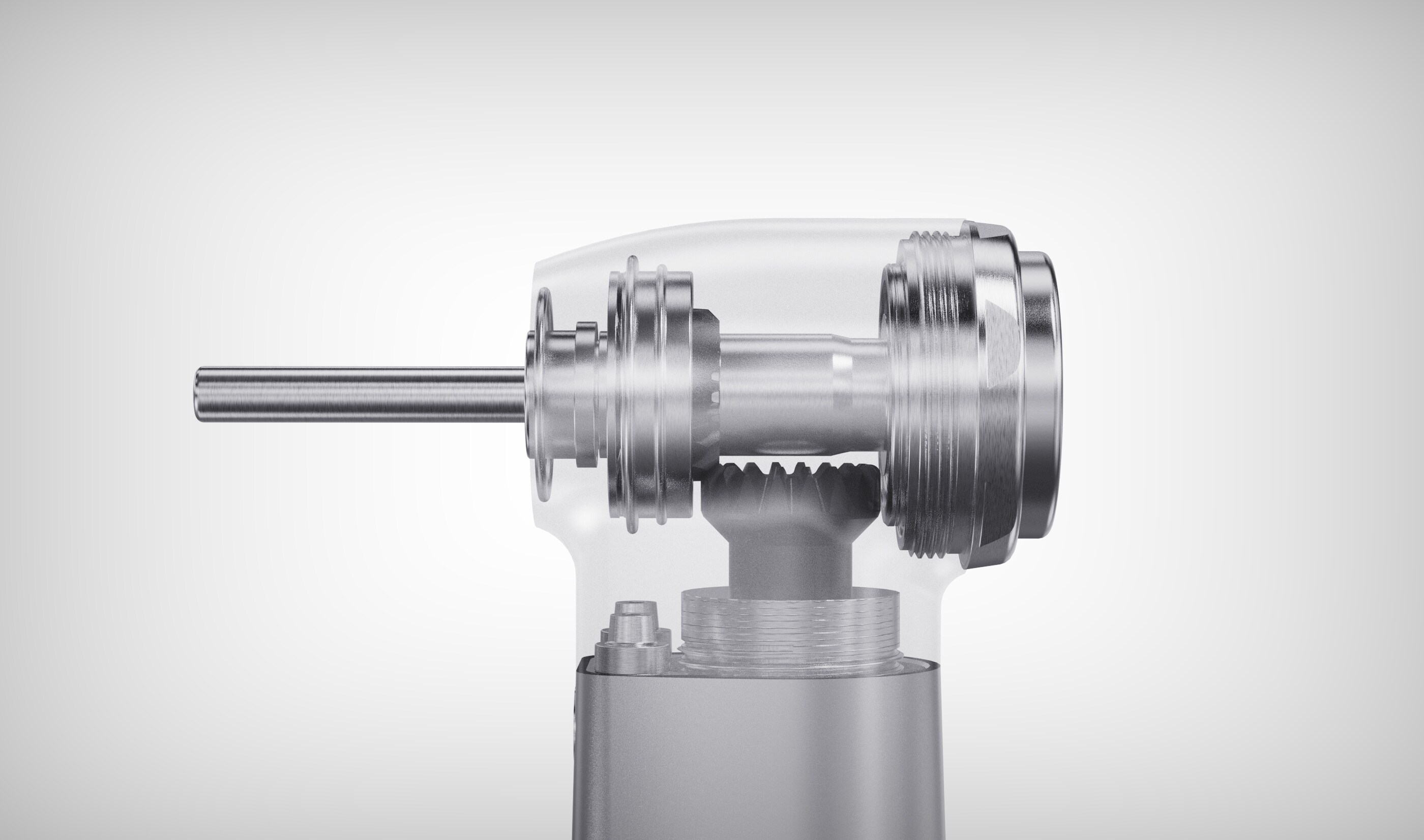ईमेल खाली ना हो सके
पासवर्ड खाली ना हो सकेला
ईमेल फॉर्मेट में त्रुटि भइल बा
ईमेल खाली ना हो सके
ईमेल पहिलहीं से मौजूद बा
6-20 अक्षर(केवल अक्षर प्लस नंबर)
पासवर्ड असंगत बा
ईमेल फॉर्मेट में त्रुटि भइल बा
ईमेल खाली ना हो सके
ईमेल के कवनो अस्तित्व नइखे
6-20 अक्षर(केवल अक्षर प्लस नंबर)
पासवर्ड असंगत बा

खबर

हाई स्पीड डेंटल हैंडपीस में देखे खातिर टॉप 5 फीचर
Ever been in the middle of a procedure when your handpiece starts to vibrate, overheat, or worse—stops working altogether?
We’ve all been there. A unreliable high-speed handpiece doesn’t just slow you down; it stresses you out, keeps patients waiting, and can even compromise results.
That’s why picking the right one is a game-changer—whether you’re setting up a new clinic or just done putting up with finicky equipment.
But with so many options out there, how do you choose? Don’t worry; we’ve got you covered. Here are the 5 non-negotiable features to look for in a high-speed handpiece—so you can work faster, smoother, and with way less frustration.
1. Cutting Power and Speed
One of the main reasons dentists choose a high-speed handpiece is for its ability to cut through enamel, dentin, and restorations with minimal resistance. That’s why rotational speed (RPM) and torque output are the first features to assess.
-
Look for a handpiece with 300,000–450,000 RPM.
-
High torque helps maintain consistent speed under load.
-
Ideal for crown prep, cavity access, and sectioning teeth.
Modern air turbine handpieces provide lightweight, high-RPM performance, while electric micromotor handpieces offer steady torque and precision cutting. Choosing between the two depends on your clinical preferences and the types of procedures you perform most often.
2. Optimal Cooling System
High-speed rotation generates heat—lots of it. An efficient cooling system is essential to prevent thermal damage to the tooth structure and pulp tissue.
The best handpieces feature:
-
Multi-port water spray (2–4 holes) to cool the bur and tooth.
-
Anti-retraction valves to avoid backflow and contamination.
-
Integrated air-water spray adjustment for better control.
Without sufficient cooling, both your instrument and your patient's comfort are at risk.
3. Ergonomic Design and Weight Balance
A handpiece might be powerful, but if it’s uncomfortable to hold, it can cause fatigue and reduce precision over time. That's why ergonomic design is another top feature to consider.
Key ergonomic elements include:
-
Lightweight construction, often made of titanium or high-grade aluminum.
-
Slim head and neck for better access to posterior teeth.
-
Non-slip grip for maximum control.
-
360° swivel couplings to reduce hand fatigue during extended procedures.
Dentists often underestimate the impact of handpiece balance and weight on daily workflow. A well-balanced tool can greatly enhance speed, control, and endurance.
4. Noise Level and Vibration Control
Noise and vibration don’t just affect the practitioner—they affect the patient too. Excessive noise can cause anxiety, while handpiece vibrations reduce accuracy and tactile feedback.
What to look for:
-
Quiet operation (≤ 60–65 dB) improves patient comfort.
-
Advanced bearings and balanced rotors reduce vibration.
-
Some models integrate ceramic bearings for smoother and longer-lasting performance.
Choosing a quieter, smoother handpiece contributes to a more pleasant clinical experience for both you and your patients.
5. Autoclave Compatibility and Maintenance Ease
Sterilization is non-negotiable in modern dentistry, so your handpiece must withstand repeated autoclaving without compromising performance. Look for models that are:
-
Fully autoclavable up to 135°C.
-
Designed with self-lubricating systems or simple maintenance protocols.
-
Equipped with quick-connect couplings to make cleaning more efficient.
Some manufacturers offer lubrication-free turbines, reducing the need for daily maintenance. Others include built-in chip air systems to blow out debris, extending the tool’s lifespan.
Investing in a handpiece that is both durable and easy to maintain helps reduce downtime and repair costs in the long run.
Bonus Consideration: LED Illumination
While not a core function, built-in LED lighting is becoming increasingly common. A fiber-optic light integrated into the handpiece can significantly enhance visibility in the oral cavity, especially during posterior or endodontic procedures.
LEDs:
-
Provide consistent illumination directly at the treatment site.
-
Last longer than halogen bulbs.
-
Work seamlessly with modern 6-pin couplers.
If you're upgrading your equipment, an LED-equipped handpiece may be well worth the extra investment.
What Makes a Great High-Speed Handpiece?
Choosing the right high-speed dental handpiece means striking the perfect balance between power, comfort, durability, and hygiene. Dentists should always evaluate these five features when purchasing new tools:
-
High cutting power and consistent speed
-
Effective multi-spray cooling system
-
Ergonomic and lightweight design
-
Low noise and minimal vibration
-
Reliable sterilization compatibility and easy maintenance
Explore Handpiece Solutions from Trusted Manufacturers
At AKOS DENT, we specialize in manufacturing high-speed handpieces and other precision dental instruments trusted by professionals worldwide. With CE-certified quality, customizable OEM/ODM services, and a commitment to clinical performance, we help dentists deliver better care, one handpiece at a time.
Explore our dental handpiece collection or contact us for a free quote today.

